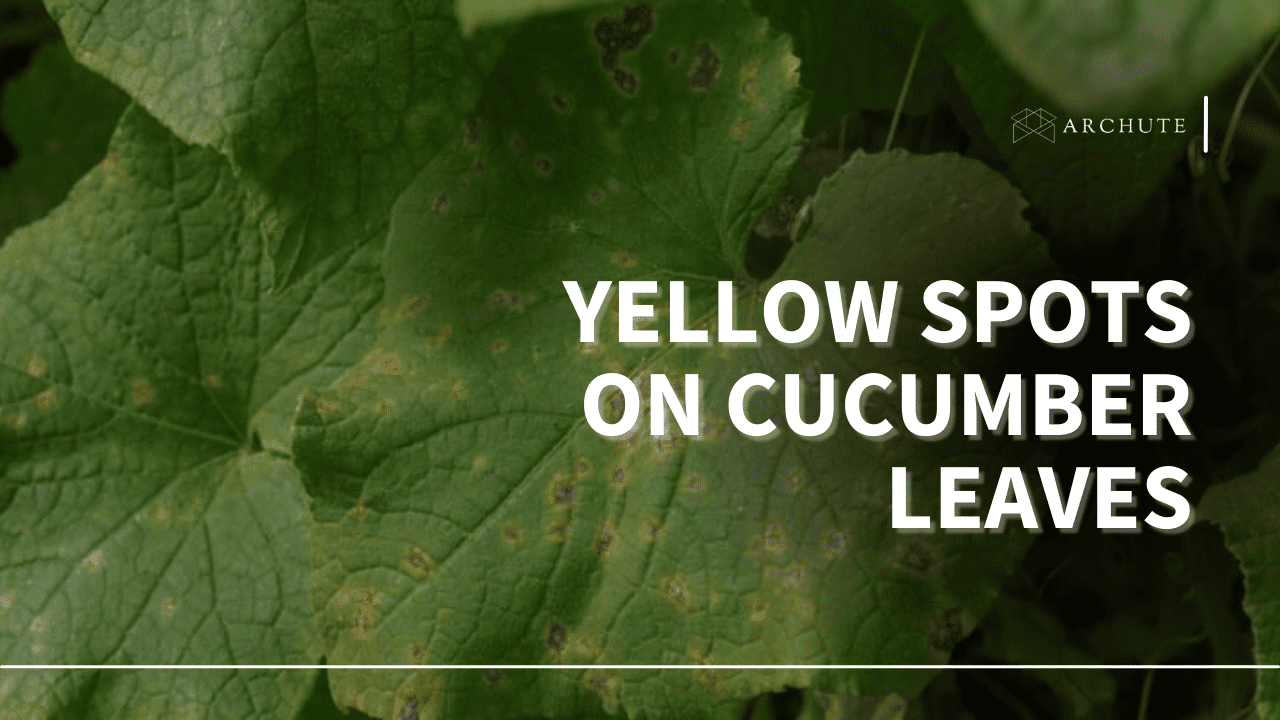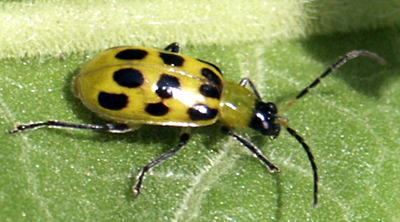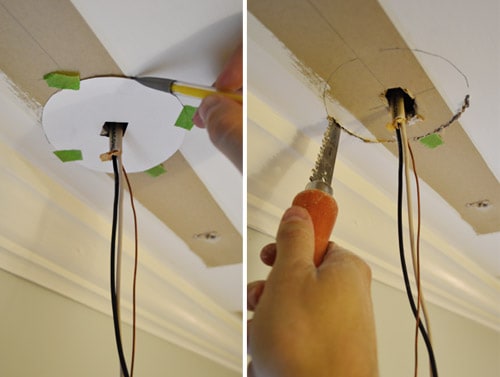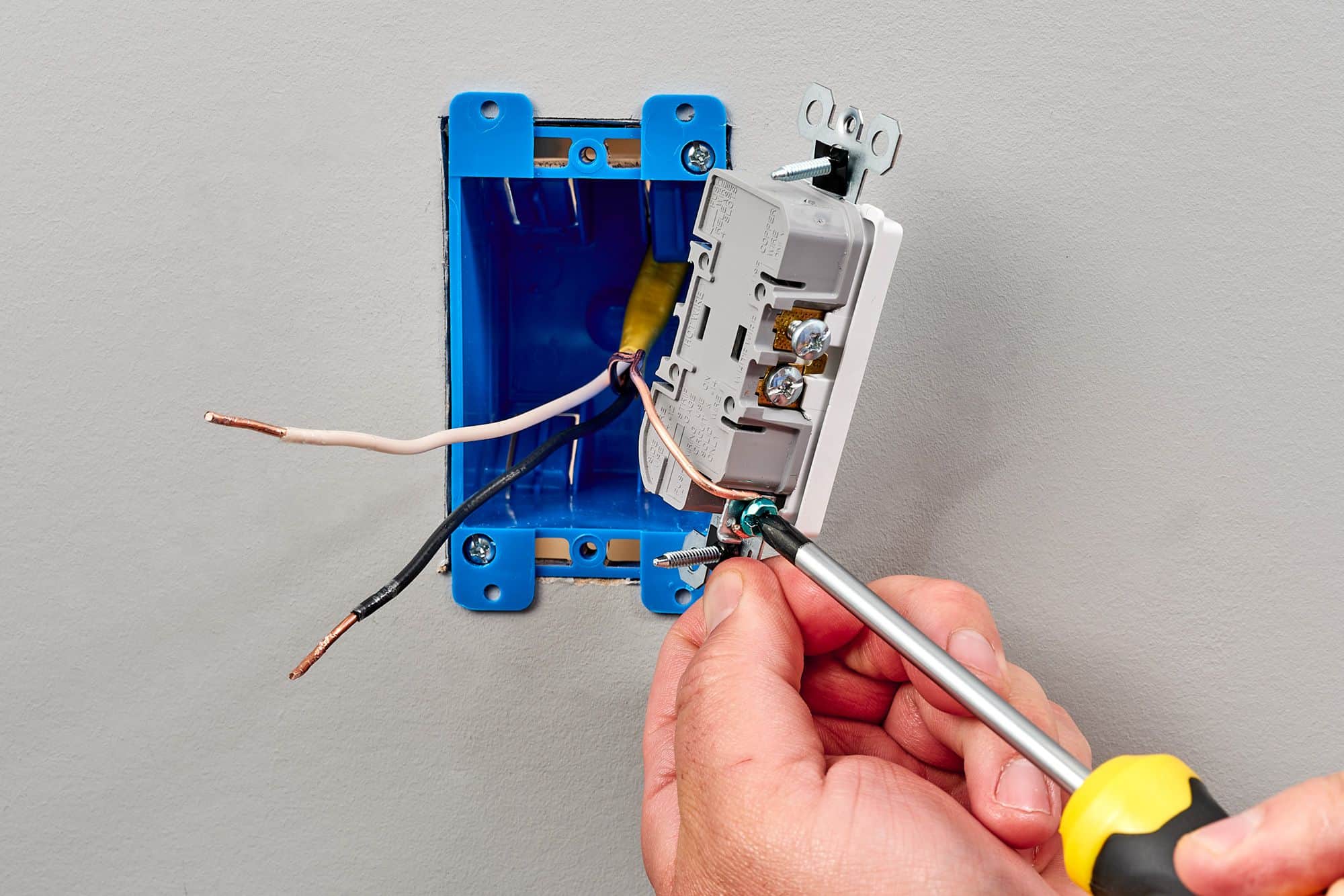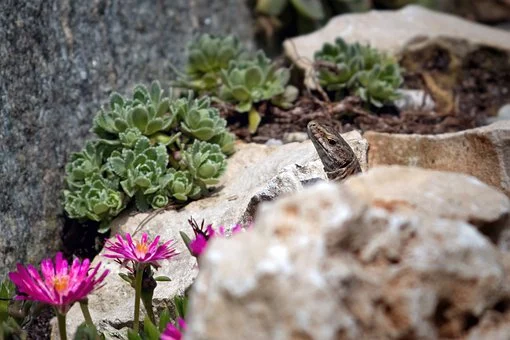Cucumbers are delicious, nutritious, and perfect for the summer; you can grow them in your garden or n plastic bags. And though cucumber plants are easy to grow, they can become sensitive to various issues. When these issues worsen, the vegetable dries up faster. As a result, you might start noticing yellow spots on cucumber leaves. We’re here to explain why this happens and what you can do to avoid it. Keep reading!
What are the Causes of Yellow Spots on Cucumber Leaves
1. Nutrient deficiencies
Ensure your soil is rich in nutrients to help your cucumber plants grow and thrive. This is also crucial while growing cucumber fruits. We recommend doing a soil test before planting the cucumber. By doing this test, you can determine what is missing in your soil and how to improve the soil. You can amend the soil with fertilizer according to your unique requirements.
i). Iron deficiency
If your cucumber plant lack iron, you’ll notice that the young cucumber leaves turn yellow but still with green veins. You can solve the problem by sprinkling granular iron around the plant’s roots or spraying the cucumber leaves with liquid iron.
ii). Nitrogen deficiency
Cucumber leaves tend to turn yellow when nitrogen levels are low. So, it’s important to resolve the issue immediately, or the cucumber plant will die. Nitrogen is in charge of plant growth and foliage. And it helps in keeping the leaves in good condition. So, here’s how to add nitrogen to your cucumber plants.
Add a couple of teaspoons of fertilizer to the soil of your cucumber plants. Look for a fertilizer with a 5-10-10 ratio. When applying fertilizer, ensure you follow the guidelines carefully because using too much will damage the plant and cause it to stop producing cucumbers.
When the cucumber plant starts to flower, you can add ammonium nitrate (a tablespoon is enough). Repeat this process three weeks later. You can also try wrapping your soil in a thin layer of compost. If a nitrogen deficit causes the yellow cucumber leaves, these solutions should help.
iii). Potassium deficiency
Cucumber plants require a higher level of potassium when they start to flower. If your cucumber plants have a potassium deficiency, you will notice that the plant’s leaves will start turning yellow at the edges and tips. Use a well-balanced fertilizer to fix this problem.
2. Plant diseases
These are some of the most common cucumber diseases.
i). Cucumber Mosaic Virus
You can identify cucumber mosaic virus if your cucumber has mild mosaic patterns, flecking, mottling, and fern leaf distortion. Aphids spread this virus, so they can infect your cucumber plants in no time.
The main setback is that you will have to eliminate the entire plant and any weeds that might carry the virus to eliminate the disease. Also, the cucumber mosaic virus can survive in the soil and infect your plants the following year. Therefore, if this disease becomes an issue for you, be aware of what and where you plant.
ii). Downy mildew
Downy mildew is caused by Pseudoperonospora cubensis pathogen. It blossoms in wet or humid environments. Some signs of this disease include yellow spots that form on the cucumber leaves’ surface and then turn the whole leaves brown. The leaf spots are angular and are surrounded by leaf veins. Fortunately, downy mildew can’t live off of plant waste. It can only thrive in living plant tissue.
To prevent and address this issue, you should attempt the following:
- Plant cucumbers that have excellent resistance to downy mildew
- Get rid of infected plants.
- If you notice signs of disease, use fungicides. However, you have to use fungicides early for them to be effective. So keep a watchful eye on your cucumber plants for any signs of downy mildew.
- Space out the cucumber plants to have sufficient air circulation, and they may dry out.
iii). Fusarium wilt
Fusarium is a fungal disease caused by Fusarium Oxysporum f. sp. cucumerinum, which may survive in the soil for extended periods as durable spores (chlamydospores) or with plant debris.
The fungus affects the vascular system. Therefore, some of the signs that your cucumber plant is infected with this Fusarium wilt disease is damping-off. Besides, yellowing, stunting, and wilting may occur in older plants. Unfortunately, if the growing cucumbers start to wilt, they will die within 3-5 days. Also, Fusarium wilt can take place in the growing cycle.
3. Pest
i). Cucumber beetle
Cucumber beetles will devastate your cucumber and squash plants if given a chance. The spotted cucumber beetles can swiftly convert cucumber leaves into a lacy pattern of holes and transmitters of plant diseases. Therefore, if you see a cucumber beetle, knock it off the cucumber plant and place it in a container. You may also use sticky traps in your yard.
ii). Aphids, whiteflies and spider mites
Aphids
These insects are oval-shaped and leave a path of filthy black excrement behind them. They might be difficult to spot, but thanks to their green appearance and tendency to reside on the undersides of leaves.
Whiteflies
This pest can severely damage cucumber plants when they form a large group. They are winged insects that come with white bodies.
Spider mites
These reddish insects usually show up in large numbers. Their name derives from the delicate, thready nests they make on the undersides of plant leaves.
Solution: Use insecticidal soap, neem oil, or a non-chemical therapy to kill the insects. These insects will not go away on their own. Luckily, whether your problem is due to spider mites, aphids, or whiteflies, you can resolve it if you find it out early.
During application, ensure you spray both the top and bottom of the infected leaves. If you have a severe infestation, you may need to apply insecticidal soap weekly or bi-weekly. Conversely, some leaves may be irreparably destroyed regardless of which of these three little pests is infested your plants. So, remove these leaves and dispose of them in the garbage or burn them.
iii). Southern corn rootworm
These pests are usually spotted cucumber beetles in larval form, and they live in your garden’s soil. Southern corn rootworms feed at ground level on plant stems, inhibiting your cucumber’s development and yellowing leaves.
How to fix yellow cucumber leaves infested by southern corn rootworms is by pulling the affected plants and ensuring you turn the garden soil regularly. Unfortunately, there isn’t much you can do about it once plant damage has occurred. All you can do is remove and discard the infected stems and yellow leaves.
Solution: The most effective strategy to control southern corn rootworms is to disrupt their life cycle early in the spring. Before you sow cucumber seeds, ensure you thoroughly cultivate your garden. This is important if you have had cucumber beetle problems earlier.
iv). Potato leafhoppers
These insects, as the name implies, mostly target potato plants. They will, however, not pass up the opportunity to suck the sap from cucumber plants. Besides, a potato leafhopper excretes a toxic substance that causes leaf browning and drop.
Solution: Avoid overcrowding in your garden and apply insecticides carefully. Potato leafhoppers can find a home in overcrowded vegetable patches. Therefore, get rid of as many weeds as you can from your cucumber plants.
4. Underwatering or overwatering
Uneven soil moisture is the most common cause of cucumber leaves turning yellow. However, the yellow cucumber leaves might result from too much or little moisture.
If you allow your cucumbers to become too dry, they will respond with wilted, sagging stems and discolored leaves. Conversely, yellow spots may be caused by waterlogged soil that prevents roots from absorbing essential nutrients.
Solution: We recommend changing your watering schedule. Cucumbers grow best when given 1 to 2 inches of water once a week.
- For 25 square feet, you require 15.6 gallons of water to equal 1 inch
- For 50 square feet, you require 31.2 gallons of water to equal 1 inch
- For 100 square feet, you require 62.3 gallons of water to equal 1 inch
Keep in mind that your cucumbers require 1-2 inches every week, not daily. Don’t forget to account for rainwater in your overall moisture tally!
Additionally, check the soil’s moisture level before watering. It is not time to water if you stick your finger into the soil and feel moisture around 2-3 inches deep. You don’t want the soil to be consistently moist because it will lead to other issues, such as a leaf or root disease.
5. Insufficient sunlight
Chlorophyll is responsible for the brilliant green color of a healthy plant. This substance usually absorbs sunlight and transforms it into energy that plants can use. However, chlorophyll can’t do its function if your plants are not getting enough sunshine. As a result, you will see cucumber leaves turning yellow, stunted growth, and few or no flowers or fruit.
Solution: Allow for adequate sunshine. Cucumbers are a sun-loving crop that requires at least 6 hours of direct sunshine every day. If you grow cucumbers in containers, consider shifting them to a brighter location.

